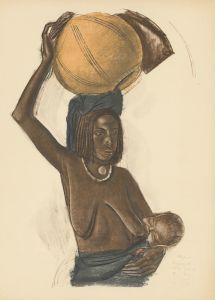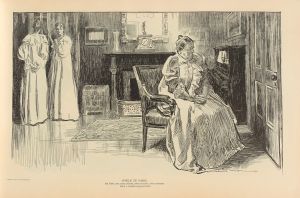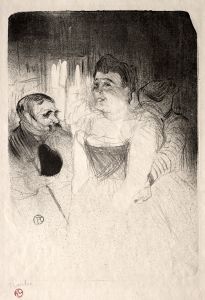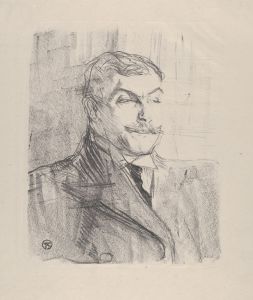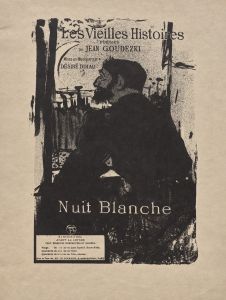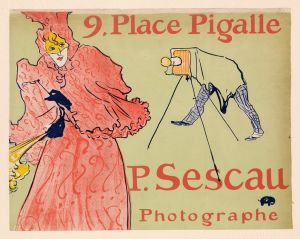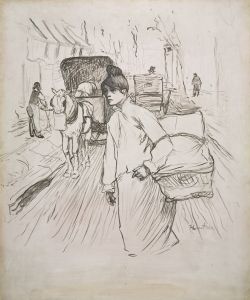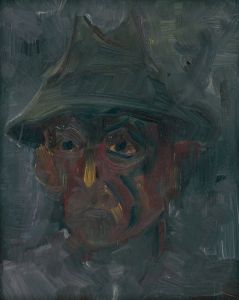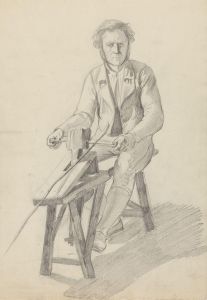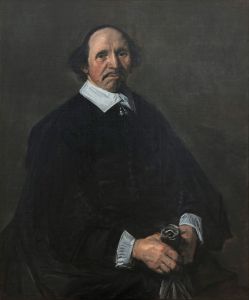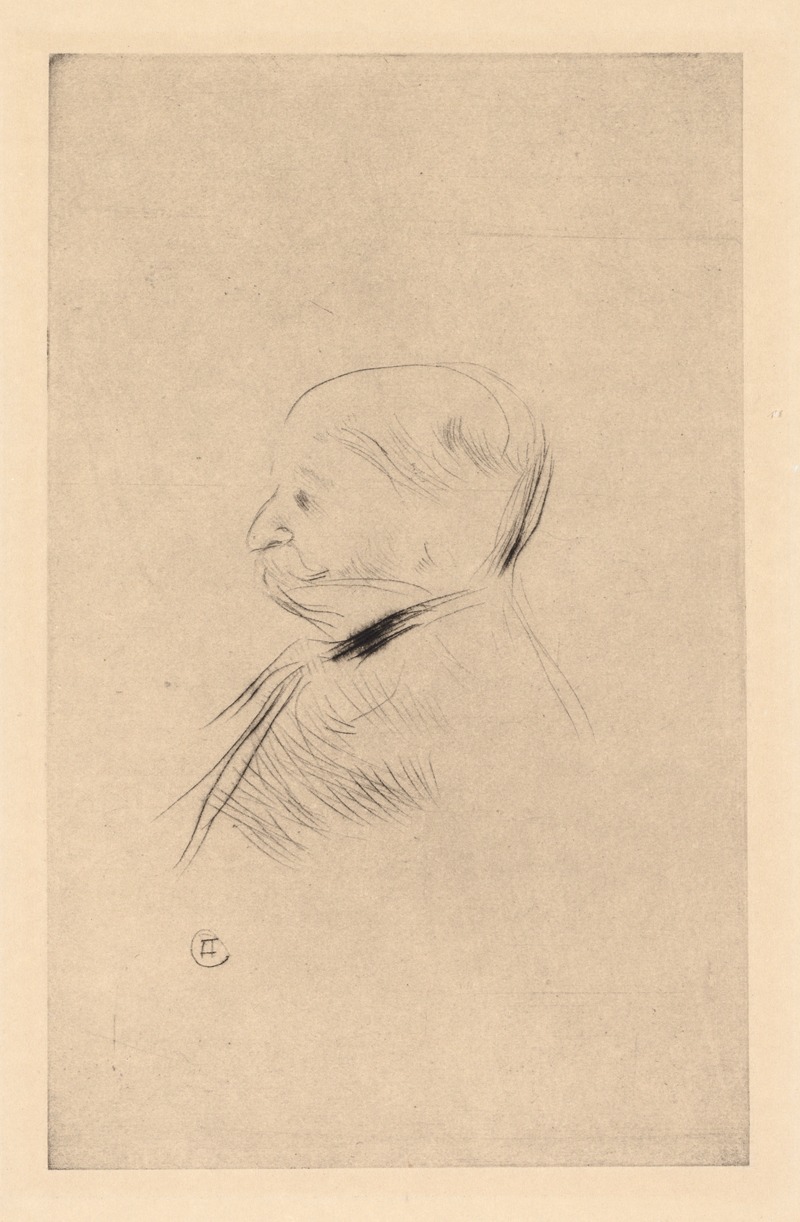
Portrait of a Man
A hand-painted replica of Henri de Toulouse-Lautrec’s masterpiece Portrait of a Man, meticulously crafted by professional artists to capture the true essence of the original. Each piece is created with museum-quality canvas and rare mineral pigments, carefully painted by experienced artists with delicate brushstrokes and rich, layered colors to perfectly recreate the texture of the original artwork. Unlike machine-printed reproductions, this hand-painted version brings the painting to life, infused with the artist’s emotions and skill in every stroke. Whether for personal collection or home decoration, it instantly elevates the artistic atmosphere of any space.
Henri de Toulouse-Lautrec, a prominent French painter, printmaker, and illustrator, is renowned for his depictions of Parisian nightlife in the late 19th century. His works often capture the vibrant and sometimes decadent atmosphere of the Montmartre district, where he spent much of his life. Among his extensive oeuvre, "Portrait of a Man" is one of the many portraits he created, showcasing his distinctive style and keen observation of human character.
Henri de Toulouse-Lautrec was born on November 24, 1864, in Albi, France, into an aristocratic family. Despite his noble lineage, Lautrec's life was marked by physical challenges due to a genetic disorder that affected his bone development. This condition left him with a short stature and a unique perspective on the world around him, which he translated into his art. He moved to Paris in 1882 to study art, where he became deeply immersed in the bohemian lifestyle of the city.
"Portrait of a Man" exemplifies Lautrec's ability to capture the essence of his subjects with minimalistic yet expressive brushwork. While specific details about the identity of the man in this portrait are not widely documented, the painting reflects Lautrec's interest in portraying individuals from various walks of life, often highlighting their unique personalities and social roles. His portraits are characterized by their psychological depth and the artist's ability to convey the inner life of his subjects through subtle facial expressions and body language.
Lautrec's technique in "Portrait of a Man" likely involves the use of oil paints, a medium he frequently employed to achieve rich textures and vibrant colors. His approach often included bold outlines and a flattened perspective, influenced by Japanese prints and the Post-Impressionist movement. This style allowed him to emphasize the emotional and psychological aspects of his subjects rather than focusing solely on realistic representation.
Throughout his career, Toulouse-Lautrec's work was celebrated for its candid and sometimes unflinching portrayal of contemporary society. He was a regular at the Moulin Rouge and other cabarets, where he found inspiration in the performers and patrons who frequented these establishments. His art provides a window into the cultural life of Paris during the Belle Époque, capturing both the glamour and the grit of the era.
Despite his relatively short life—he died at the age of 36 in 1901—Toulouse-Lautrec left a lasting impact on the art world. His innovative techniques and unique perspective influenced subsequent generations of artists, and his works remain highly regarded for their artistic and historical significance.
While "Portrait of a Man" may not be as widely recognized as some of Lautrec's other works, such as his posters for the Moulin Rouge, it nonetheless contributes to the rich tapestry of his artistic legacy. Each portrait by Lautrec offers insight into his ability to observe and depict the human condition, making his work timeless and universally relatable.





